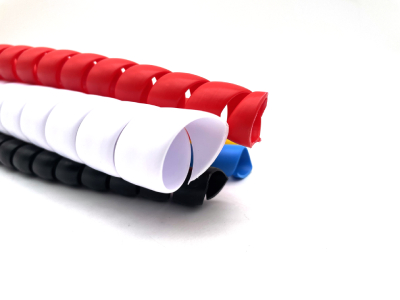Car Air Conditioning Rubber Hose Repair Solutions and Tips
The Essential Guide to Car AC Rubber Hose Repair
When it comes to the comfort of our driving experience, a well-functioning air conditioning (AC) system is essential, especially during the sweltering summer months. Central to this system is the rubber hose, responsible for circulating refrigerant and facilitating heat exchange. Over time, these hoses can wear out, crack, or leak, leading to reduced efficiency or complete AC failure. Understanding how to repair or replace these hoses can save you time and money, and keep your vehicle operating at its best.
Understanding the Role of AC Rubber Hoses
The air conditioning system in a car consists of several components, including the compressor, condenser, evaporator, and various hoses. The rubber hoses are crucial as they transport refrigerant between these components. Typically, refrigerant flows from the compressor through the high-pressure side of the system and returns through the low-pressure side, the hoses ensuring that this process occurs smoothly. If any of these hoses become damaged, it can disrupt the entire system, leading to a hot, uncomfortable ride.
Signs of Hose Damage
Recognizing the signs of damaged AC rubber hoses early can prevent more significant issues down the line. Be on the lookout for the following indicators
1. Leaky Refrigerant If you notice a pool of refrigerant beneath your vehicle, it may be a sign that one of the hoses is cracked or has a loosened connection. 2. AC System Failure If your AC is blowing warm air instead of cold, the hoses might not be circulating refrigerant effectively due to damage. 3. Visible Wear and Tear Inspect the hoses for cracks, bulges, or fraying. If the rubber feels brittle or is discolored, it may be time for a replacement.
4. Unusual Noises Hissing or bubbling sounds when the AC is on could indicate that refrigerant is escaping through a damaged hose.
Steps for Repairing or Replacing AC Rubber Hoses
If you've determined that your AC rubber hoses need attention, here are the steps you can take to repair or replace them
1. Gather Tools and Materials You'll need basic tools like screwdrivers, pliers, a refrigerant recovery kit, and replacement hoses (if necessary). Always refer to your vehicle’s manual for specific requirements.
car ac rubber hose repair

2. Safety First Before starting the repair, ensure your vehicle is turned off and has cooled down. Use safety goggles and gloves to protect yourself from refrigerant exposure.
3. Locate the Damaged Hose Open the hood and trace the AC lines to find the damaged hoses. You may need to refer to diagrams in the vehicle manual to locate them accurately.
4. Disconnect the Hose Use pliers to loosen the clamps securing the hose in place. Carefully detach the hose, ensuring any old refrigerant is safely recovered and recycled.
5. Install the New Hose If you are replacing the hose, compare it to the old one to ensure it’s the correct fit. Attach the new hose securely, using clamps to hold it in place.
6. Replenish Refrigerant After installing the new hose, the system will need to be recharged with refrigerant. This should be done using a recovery kit and following your vehicle’s specifications.
7. Test the System Start your vehicle and turn on the AC to check for any leaks and ensure proper function. Listen for unusual sounds and ensure that cold air is blowing from the vents.
Preventative Measures
Regular maintenance is key to prolonging the life of your AC system and its rubber hoses. Conduct periodic visual inspections, keep the AC system clean, and consider using a refrigerant sealant as a preventative measure. Moreover, consult with a professional mechanic if you notice any issues or if you're unsure about DIY repairs.
Conclusion
Repairing or replacing car AC rubber hoses is not just a matter of convenience; it's crucial for maintaining an effective and comfortable driving experience. With the right knowledge and tools, you can tackle this task head-on, ensuring your AC system runs smoothly throughout the warmer months. Remember, preventative care is the best approach to keeping your vehicle in top shape, so don’t neglect regular inspections and maintenance.
-
Ultimate Spiral Protection for Hoses & CablesNewsJun.26,2025
-
The Ultimate Quick-Connect Solutions for Every NeedNewsJun.26,2025
-
SAE J1401 Brake Hose: Reliable Choice for Safe BrakingNewsJun.26,2025
-
Reliable J2064 A/C Hoses for Real-World Cooling NeedsNewsJun.26,2025
-
Heavy-Duty Sewer Jetting Hoses Built to LastNewsJun.26,2025
-
Fix Power Steering Tube Leaks Fast – Durable & Affordable SolutionNewsJun.26,2025

